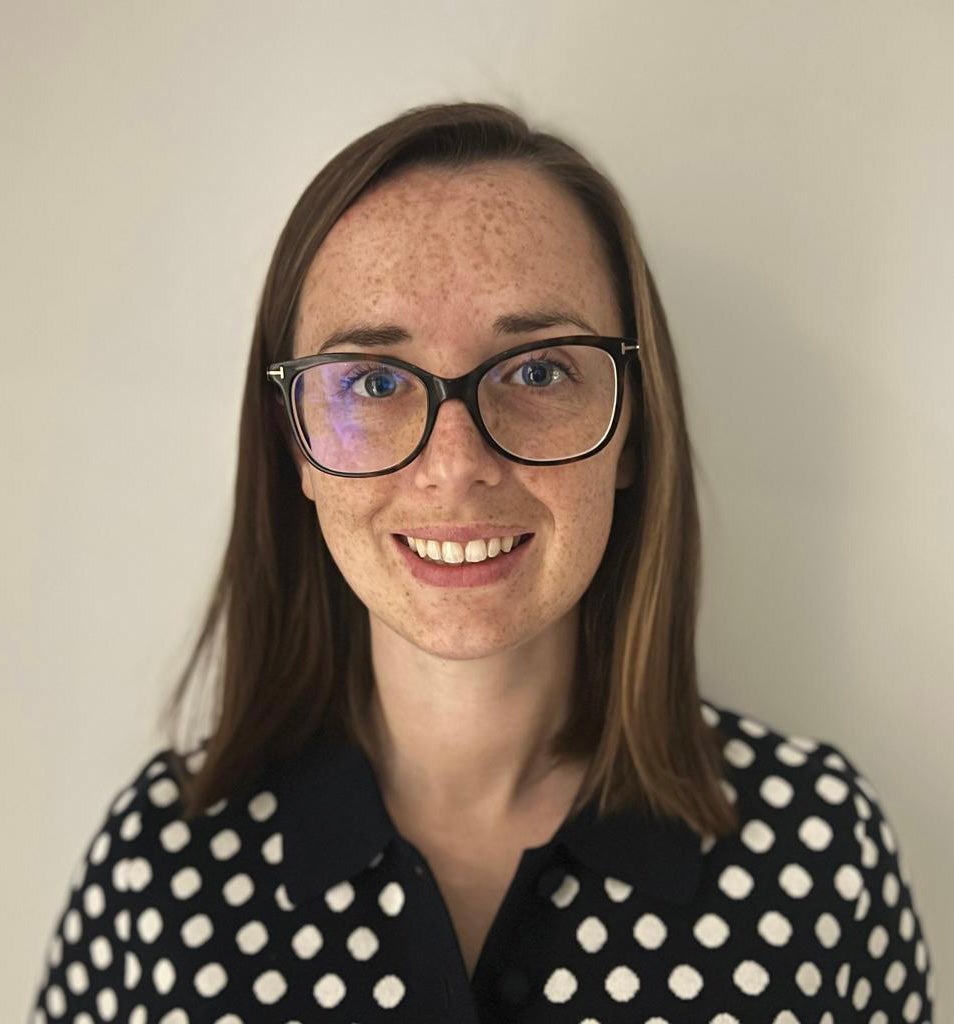Attempting to make sense of rising global risks based on outdated catastrophe model approaches can feel like using a dial-up modem to surf the web in an age of fiber optics.
Scientific and technological advancements have changed the risk modeling landscape and have opened an ‘insights gulf’ that is increasingly hard to ignore, between risk model output that capitalizes on the latest advancements and output that does not.
As an example, accurately modeling perils with high-hazard gradients such as floods, severe convective storms, or wildfires requires a level of granularity that is much more achievable with today’s technology than at any point in the last 30 years.
But leveraging new technology and computing power is just one part of the story.
Ensuring that the modeling of these perils can take full advantage of scientific and technological advances requires a paradigm shift that goes beyond what has gone before. A reliance on outdated modeling methodologies will not cut it.
So, can your risk modeling take advantage of the latest approaches? Can it deliver the full range of benefits – from improving the ease of use, speed, granularity, and accuracy of risk modeling, so you can capitalize on the differentiation it can bring to your firm?
The high-definition (HD) framework underlying all Moody’s RMS HD Models is designed to take advantage of today’s exceptional computing power, and scientific and data analytics advances, to offer unparalleled clarity, precision, and adaptability, empowering (re)insurance industry leaders to make informed decisions that drive strategic growth and mitigate risks effectively.
In this blog, we’ll explore the advantages of HD Models, the differences compared to non-HD approaches, and how Moody’s RMS has combined its 30-plus years of knowledge to meet today’s advanced modeling techniques.
What are HD Models?
HD models represent the next evolution of Moody’s RMS probabilistic modeling suite, standing apart from earlier Detailed Loss Models (DLM).
By harnessing an advanced temporal simulation framework and powerful, native cloud-based computing, HD models deliver a more realistic representation of loss, with deep insights into uncertainty, revolutionizing risk management practices and business decision-making.
The main benefit of HD models is they allow for better-informed decisions through a clearer picture of risk, helping guide more accurate and confident decisions within the industry.
By using the most current and sophisticated tools, there’s an increased level of trust in making crucial choices about capital needs, pricing, and reinsurance coverage.
This improved decision-making is the result of three main advantages of HD models:
1. Improved Spatial and Temporal Coverage
The HD-model framework is backed by a robust simulation engine, that offers a nuanced time-based evolution of each event over authentic multiannual perils, to capture seasonality, antecedent conditions, and windstorm clustering with precision.
Simultaneously, the introduction of significantly larger event sets heightens spatial coverage, especially for high-frequency events like hail, tornado, and severe convective storms. Together, these enhancements allow for a more accurate expression of risk across pricing, accumulation, and reinsurance, grounded in highly realistic loss distributions.
2. Higher Granularity of Hazard and Damage Calculations
HD models promise unmatched spatial fidelity using a uniform resolution grid (URG) instead of a variable resolution grid. Shifting to a URG ensures a consistent, high-resolution view of hazards, eliminating the need for aggregating hazard layers and allowing for detailed exposure disaggregation.
By leveraging ground-up simulations, the damage is assessed at the coverage level for each specific location, making use of the enhanced high-resolution hazard data.
The advanced financial model applies policy conditions at every level – from location to treaty – facilitating straightforward aggregation to any desired financial perspective. Combined, these advancements help improve the accuracy of risk assessments and strategic decision-making.
3. Enhanced Model Transparency
HD models provide a clear understanding of how financial contracts are applied and how losses flow through them from all loss perspectives.
Furthermore, these models allow users to set their own benchmarks for determining when losses have adequately converged, granting a level of control and confidence in the reliability and stability of their output – previously unseen in traditional catastrophe models.
This approach ensures that stakeholders are not merely dealing with data, but with insights that are both clear and adaptable to individual needs.
All of these granular, accurate insights are delivered up to 10 times faster than DLMs, opening a world of risk management possibilities.
HD Models for Risk Pricing
Many companies must rely on broader assumptions leading to potential inaccuracies in pricing, due to catastrophe models lacking the flexibility and depth to account for more specific or complex policy conditions.
HD models feature an advanced and flexible financial engine, designed to capture bespoke hours clauses and unique policy conditions.
In addition, aggregate treaty terms, the number of reinstatements, and multi-year contracts are all managed effectively. By integrating these elements to offer granularity and flexibility, HD models enable a more accurate and tailored approach to pricing risks. This allows firms to confidently set prices that reflect the complexities of the risks they cover.
HD Models for Reinsurance Coverage
Transparency in catastrophe modeling directly impacts the success and efficiency of reinsurance placement. With a clear understanding of modeled risks and uncertainties, decision-making improves, allowing for more creative coverage aligned with the risk needs.
Other catastrophe models often leave a veil of uncertainty over the tail end of the risk distribution. Insufficient data or inaccurate modeling of extreme events can lead to uncertainties in quantifying these tail risks.
This uncertainty makes it challenging to determine how much reinsurance to purchase, where coverage is needed most, and at what cost.
Consequently, companies might either overpay for reinsurance they don’t need, or conversely, find themselves under-protected when a rare catastrophic event does occur.
With improved modeling of temporal and spatial correlations, higher granularity in damage calculations, and an explicit understanding of tail risk uncertainties, HD models are transforming reinsurance placement.
They allow the most creative brokers to design innovative coverage options and effectively optimize risk transfer strategies, ensuring appropriate and efficient reinsurance coverage.
HD Models for Capital Management
Striking the balance between business growth and maintaining sufficient capital reserves has always been a sophisticated challenge for (re)insurers.
For a more comprehensive understanding of the risk landscape, HD models cover a wide range of geographies and include both peak and non-peak perils.
Together with the integration of vastly larger event sets – up to eight million stochastic events – these models provide a more accurate view of risk correlations between different countries and perils.
When packaged with an explicit understanding of the uncertainty, firms are better equipped to make informed decisions regarding where and how to allocate capital, understanding the complexities of interconnected risks and ensuring effective capital utilization.
Accessing HD Models and Using HD Model Output
Many (re)insurers are already embracing HD models and empowering their business through data-driven decisions, and enhancing their firm’s resilience, to drive sustainable growth in an increasingly complex and dynamic market.
The current Moody’s RMS HD model suite is tackling some of the most challenging peril risks:
Access to these models is available on Moody’s RMS Intelligent Risk Platform via applications including Risk Modeler™ and UnderwriteIQ™ – launched earlier this year – ensuring a consistent and seamless transfer of modeled output from underwriting to portfolio management.
The shift to HD has seen many (re)insurers integrate HD model output into their workflows or they have received HD output from their broker.
If you would like to understand the practical applications and benefits of HD model output, an on-demand webinar is available here.
HD and Aggregate Loss Models
Having aggregated data should not be a barrier to accessing high-quality risk modeling, and Moody’s RMS Aggregate Loss Models (ALM®) also benefit from the HD-model Framework.
ALM solutions use the same HD-model framework, including the financial model, they offer a consistent approach to pricing risk across portfolios of varying detail levels.
An ALM analyzes a (re)insurer’s aggregate portfolio for a specific peril and matches the geographic resolution and line of business of the exposure data to an ALM profile. Each ALM profile calculates the overall frequency, severity, and associated losses from catastrophic events.
ALMs provide fast, efficient analysis while recognizing that, for a range of reasons, clients might not have detailed exposure data, may struggle with accessing reliable exposure data, or are managing data from third parties.
The models offer flexibility to select sub-peril risks, such as wind, inland or coastal flooding, or fire and tsunami, depending on the model chosen. All this high-quality insight is delivered fast, a major benefit of Aggregate Loss Models, with the ability to run profiles in minutes or seconds.
This matches the speed and agility needed for success in an increasingly competitive market.
It is becoming clear that a more challenging risk landscape and business environment requires new risk insights.
Stay ahead of the curve and seize the opportunities presented by Moody’s RMS HD Models in redefining risk management.









